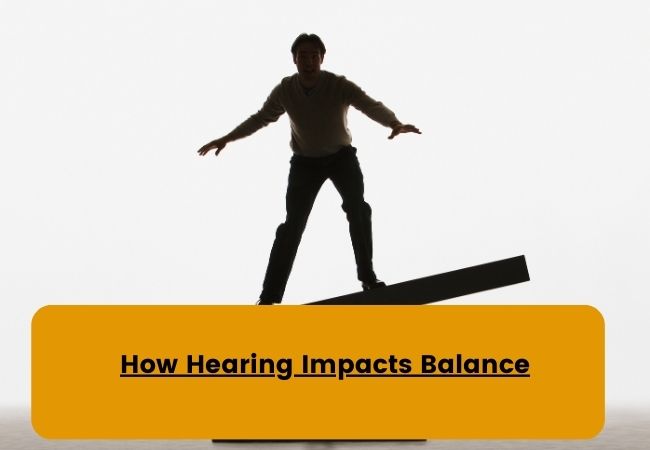The Inner Ear’s Role in Stability
Inside the inner ear, there’s a complex system that manages both hearing and balance. Small structures filled with fluid and tiny hair cells help the brain determine your body’s position and movements. When these components work correctly, they assist in maintaining steady balance and confident movement throughout the day.
Connection Between Hearing and Balance Systems
The auditory and balance systems share close proximity and rely on similar sensory cells. Issues that affect one system can sometimes influence the other. For example, when hearing loss occurs due to damage in the inner ear, it may also disrupt the delicate mechanisms that contribute to balance, making certain activities feel more challenging.
Impact of Hearing Loss on Steadiness
Hearing loss can limit the subtle auditory cues that aid in spatial awareness. Sounds in your environment—like footsteps approaching from behind—give the brain essential context for positioning and movement. When these cues diminish, it may become harder to move with confidence, potentially increasing the risk of tripping or stumbling.
Why Regular Check-Ups Matter
Consistent hearing evaluations can detect changes before they lead to noticeable balance difficulties. By identifying hearing loss early, individuals can explore solutions such as hearing aids or balance exercises. These steps help maintain the synergy between sound perception and stable movement.
Practical Steps for Improved Balance
For those experiencing both hearing and balance challenges, assistive devices and targeted therapy can offer relief. Hearing aids enhance auditory awareness, while balance rehabilitation exercises help retrain the body’s sense of position. Together, these approaches can restore steadiness and ensure safer, more confident navigation through daily life.



